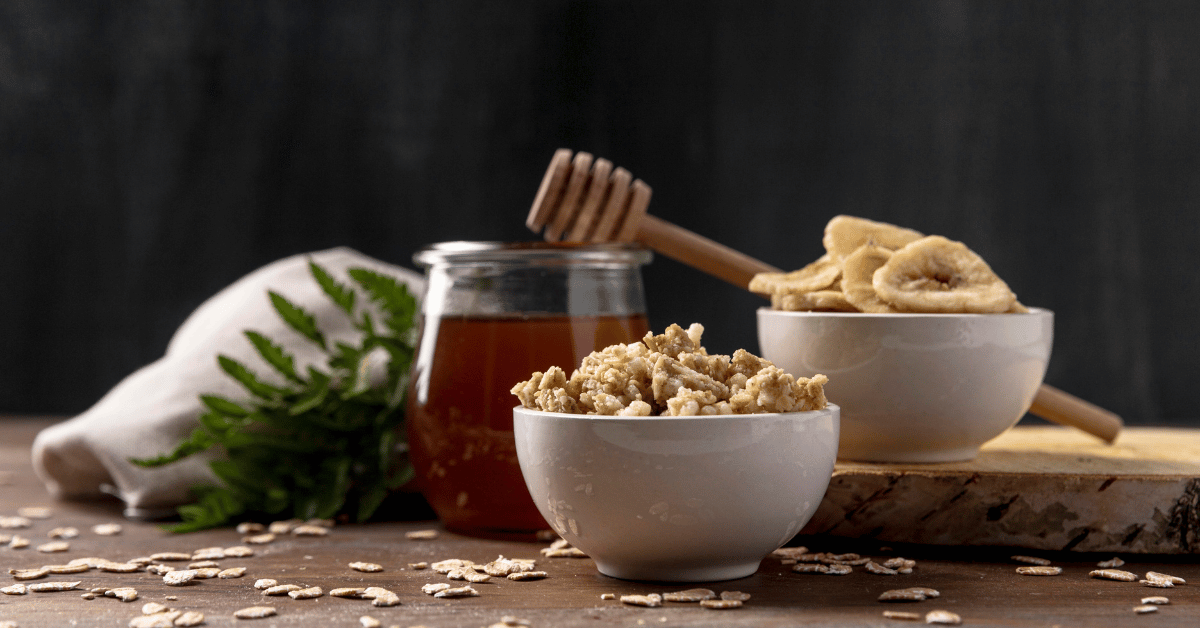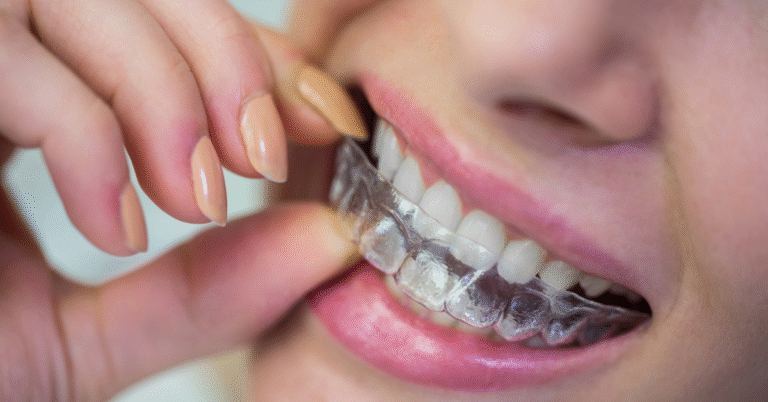Buckwheat and Honey: A Natural Duo for Nourishment, Health, and Everyday Wellness
Walk into a rustic kitchen in Eastern Europe, and you might find a pot of warm buckwheat porridge on the stove, finished with a generous swirl of honey. Visit a tea house in Japan, and roasted buckwheat tea may be sweetened with a drop of local honeys. From farmhouses to urban cafes, this ancient combination continues to nourish people around the world—not just for flavor, but for health.
But why do buckwheat and honey work so well together? The answer lies in their unique nutritional profiles, history, and a synergy that modern science is only beginning to understand. This article will explore the origins, health benefits, culinary uses, and cultural significance of this simple yet powerful pairing.
Buckwheat and Honey: More Than Just Food
At first glance, buck-wheat and honey seem like ordinary kitchen staples. But their roles go far beyond that. Together, they represent a return to unprocessed, whole-food nourishment.
Buckwheat, despite its name, is not actually a type of wheat. It’s a pseudocereal, meaning it behaves like a grain but comes from a flowering plant related to rhubarb and sorrel. Naturally gluten-free, buckwheat has been a vital crop in Asia and Europe for thousands of years, particularly in regions where traditional grains couldn’t thrive.
Honey, in contrast, is one of the oldest sweeteners known to humanity. Created by bees from flower nectar, honey has long been prized for its flavor and medicinal properties. The famous ancient physician Hippocrates prescribed honey for wound healing and digestion. Ancient Egyptians offered honey to their gods.
When you combine buck-wheat and honey, you get more than just a tasty breakfast—you get a nutrient-rich meal that supports the body in countless ways.
Nutritional Powerhouse: What’s Inside Buckwheat and Honey?
To understand the benefits of buckwheat and honey, it helps to look at what’s inside each of them. Here’s a breakdown of their nutritional profiles:
| Component | Buckwheat (100g, cooked) | Honey (100g, raw) |
| Calories | 92 kcal | 304 kcal |
| Carbohydrates | 19.9 g | 82.4 g |
| Protein | 3.4 g | 0.3 g |
| Fiber | 2.7 g | 0.2 g |
| Fat | 0.6 g | 0 g |
| Magnesium | 51 mg | 2 mg |
| Manganese | 0.44 mg | 0.08 mg |
| Iron | 0.8 mg | 0.4 mg |
| Zinc | 0.62 mg | 0.22 mg |
| Antioxidants | Rutin, Quercetin | Polyphenols, Flavonoids |
| Glycemic Index | Low (54) | Medium (58) |
Why This Matters
- Balanced Energy: Buckwheat provides complex carbs and plant-based protein for sustained energy, while honey offers quick-burning natural sugars for immediate fuel.
- Mineral Richness: Buckwheat is high in magnesium and manganese, crucial for muscle function and metabolism.
- Antioxidants: Both foods are packed with antioxidants that help reduce oxidative stress.
- Gut-Friendly: Buckwheat contains prebiotic fibers, and raw honey’s supports healthy gut bacteria.
This makes the combination ideal for both daily nutrition and wellness support.
Health Benefits of Buckwheat and Honey: What Science Says
Pairing buckwheat with honey is not just a culinary choice—it’s a health strategy. Let’s explore how this combination benefits the body.
Natural Blood Sugar Regulation
Buckwheat contains D-chiro-inositol, a plant compound that helps improve insulin sensitivity. This makes it a good carbohydrate option for people watching their blood sugar levels. Honey, when consumed in moderation, has a lower glycemic load than processed sugars. Together, they create a meal that provides energy without sudden sugar spikes.
Cardiovascular Health
Buckwheat is rich in rutin, a flavonoid that strengthens blood vessels and may lower blood pressure. Honey contains polyphenols that help reduce inflammation in the arteries and prevent LDL cholesterol from oxidizing—a key step in the prevention of heart disease.
Immune System Support
Honey’s natural antibacterial properties come from an enzyme called glucose oxidase, which produces small amounts of hydrogen peroxide. Meanwhile, buckwheat provides zinc and selenium, essential minerals for immune function. Consuming both regularly may help support a healthy immune system.
Digestive Health
Buckwheat contains resistant starch and fiber, which feed the beneficial bacteria in your gut. Honey acts as a prebiotic, supporting the growth of probiotics. This duo helps maintain a balanced microbiome, which is increasingly linked to overall health.
Anti-Inflammatory Action
Chronic inflammation is at the root of many diseases, from arthritis to cancer. Buckwheat’s flavonoids and honey’s bioactive compounds both exhibit anti-inflammatory properties. When consumed regularly, they may help reduce low-grade inflammation in the body.
Natural Sleep Aid
Buckwheat is high in magnesium, which relaxes muscles and calms the nervous system. Honey helps increase melatonin production by facilitating the release of insulin, which triggers the conversion of tryptophan into serotonin and then melatonin. A small serving of buckwheat with honey before bed may encourage restful sleep.
Gluten-Free Nourishment
For people with gluten intolerance or celiac disease, buckwheat is a safe alternative to wheat, barley, and rye. Honey adds flavor without triggering gluten-related symptoms.
Buckwheat Honey: A Superfood in a Spoonful
It’s worth noting that buckwheat honey—made from the nectar of buckwheat flowers—is in a class of its own. Unlike lighter honeys, buckwheat honey’s dark, bold, and rich in antioxidants.
Studies have found that buckwheat honey contains higher levels of phenolic compounds compared to other varieties. These compounds give it a molasses-like flavor and provide significant free radical-fighting properties.
If you can find buckwheat honey’s, consider it a premium health food. It pairs especially well with cooked buckwheat, amplifying the health benefits.
How to Enjoy Buckwheat and Honey: Practical Ideas
If you’ve never tried buckwheat and honey together, you’re in for a treat. Here are easy ways to combine them in your daily meals:
| Dish | Preparation |
| Buckwheat Porridge with Honey | Cook buckwheat groats in water or milk, add honey, nuts, and fruit |
| Honey Buckwheat Granola | Bake buckwheat with oats, seeds, and honey for a crunchy topping |
| Buckwheat Pancakes | Use buckwheat flour to make pancakes, drizzle with honey instead of syrup |
| Energy Bars | Mix puffed buckwheat, dried fruits, and honey; press into bars |
| Roasted Buckwheat Tea | Brew roasted buckwheat kernels (soba-cha) and sweeten lightly with honey |
These recipes are simple, satisfying, and adaptable to any lifestyle.
Buckwheat and Honey in Traditional Cultures
For centuries, cultures around the world have combined buckwheat and honey for both health and tradition.
- Russia: Buckwheat porridge (“kasha”) sweetened with honey is a classic comfort food.
- Japan: Roasted buckwheat tea is sometimes served with a spoonful of honey for digestion.
- China: In traditional Chinese medicine, buckwheat is used to “cool” the body, while honey’s seen as harmonizing and nourishing.
- Ukraine and Poland: Buckwheat and honey are often included in holiday meals and religious fasts.
This long history reflects a deep understanding of the foods’ nutritional and therapeutic qualities.
Environmental Benefits: A Sustainable Choice
Buckwheat and honey are not just good for you—they’re good for the planet.
- Buckwheat’s Environmental Role: It grows quickly, requires little water, and doesn’t need synthetic fertilizers or pesticides. Buckwheat flowers are excellent for pollinators, supporting bees and biodiversity.
- Beekeeping and Honey: Honey production promotes pollinator health and biodiversity. Responsible beekeeping helps maintain ecosystems while producing a valuable food product.
By choosing buckwheat and honey, you’re supporting more sustainable agriculture and helping protect the environment.
Precautions and Considerations
As with any food, buckwheat and honeys should be enjoyed with some care:
- Infants and Honey: Babies under one year should never consume honey due to the risk of botulism.
- Allergies: Some people may be allergic to buckwheat, particularly those with latex or rice allergies.
- Sugar Content: Honey, while natural, is still a form of sugar. Moderation is key, especially for those managing blood sugar.
A Return to Simple, Whole Food Nutrition
In an age of processed food and artificial sweeteners, buckwheat and honey’s represent a return to the basics. They remind us that real nourishment comes from whole, natural ingredients that support not just survival but wellness.
Whether you’re making a warm breakfast, a soothing tea, or a simple snack, the combination of buckwheat and honey offers more than flavor—it offers tradition, health, and a connection to the earth.
Consider adding this duo to your routine. You’ll not only taste the difference, but you might feel it too.
Read More: https://2amagazine.co/soccer-skills-euro-cup/
FAQs
Can I eat buckwheat and honey every day?
Yes, but balance is important. Buckwheat is a nutrient-dense food, and honey’s best enjoyed in small amounts daily.
What’s the difference between buckwheat honey and regular honey?
Buckwheat honey’s darker, richer, and contains more antioxidants compared to lighter honeys like clover or acacia.
Is buckwheat gluten-free?
Absolutely. Despite the name, buckwheat contains no gluten and is safe for people with celiac disease.
How do I store buckwheat and honey?
Keep buckwheat in a cool, dry place in a sealed container. Store honey at room temperature away from direct sunlight.
Does heating honey destroy its nutrients?
High heat can reduce honey’s beneficial enzymes and antioxidants. Add honey to foods after cooking for maximum benefit.







